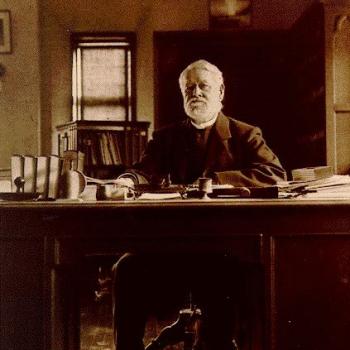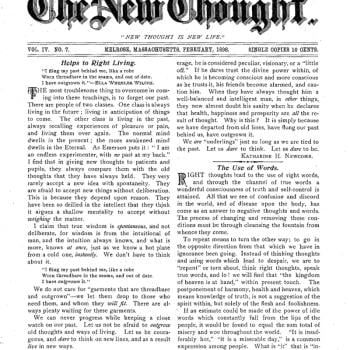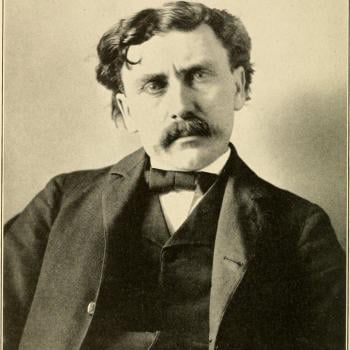Alfonso Cuarón’s film Roma has been universally praised as a major work of cinema, a triumph of cinematography no less than acting, and it will assuredly win Academy Awards. But the film raises some worrying points about how we read and report history, not to mention some intriguing religious issues.
If you have not seen the brilliant Roma, you must. It tells the story of an upper middle class family in Mexico City in the 1970s, focusing on their housemaid, Cleo. The family loves Cleo, and treats her generously. The film is heavily autobiographical in nature, drawing on the relationship between the young Alfonso Cuarón and their domestic at the time. As critics noted, the film is richly informative about assumptions concerning class, race and gender: although the family love Cleo, there is never any doubt that they expect her to serve, because that is what women like her do for people like them.
Cleo is obviously a woman of the lower class, a rural migrant, but what many US viewers might miss is the very strong racial text. She speaks the indigenous language of Mixtec with a fellow servant, a point that the subtitles reflect when they show those conversations in [square brackets]. Watching her interactions with the family, however friendly and even intimate they might be, we never forget that this is a tale about race, racial hierarchy and racial privilege – about privileged elites who look and behave in ways we think of as totally European, and servants who are clearly of Indian features and ancestry.
We so easily forget just how many tens of millions of Latin Americans today are not just of Indian descent, but they strongly retain traditional language and culture. Among other things, that does all make nonsense of the US habit of throwing around a label like “Latino,” without further distinction.
To put this in context, Mexico today has 125 million people, and at least seven percent of those speak an indigenous language, such as Mixtec. Let’s call that nine million people, and that is quite separate from millions more who are of mainly Indian ancestry, but don’t speak a Native language, or don’t admit to it. Around 25 million Mexicans identify as indigenous. Historically, these Native Mexicans were severely oppressed and exploited, subjected to conditions of servitude and peonage barely distinguishable from slavery. Mexico long retained a system of formal caste classification that closely resembled US racial discrimination. Most of those legal disabilities officially vanished with the country’s great Revolution. Even so, in more recent times, Native peoples were regularly targeted by repressions, massacres and disappearances.
Looking at a larger canvas, over seventy million indigenous people presently live in the Americas, north and south. That Mexican contingent (25 million) is by far the largest, followed by ten million in Bolivia, six million each in Peru and Guatemala, 4.5 million in Ecuador. Repeatedly through the centuries, revolutions and civil wars in many Latin American lands involved a strong racial theme, to the point that some quite modern outbreaks would better be considered as racial conflicts, even as latter day Indian Wars. Look especially at the Central American revolutions of the 1980s, in countries like Guatemala. I recently published a column in Christian Century on the modern history of the Mayan people (paywalled, sorry).
At exactly the time in which Roma is set, in the early 1970s, Mexico itself was fighting a vicious if largely forgotten Dirty War, with disappearances and murders running into the thousands. Savage violence occurred in the states of Oaxaca and Guerrero, which form part of the Mixtec heartland, la Mixteca. Roma refers on several occasions to Cleo’s roots in Oaxaca, and it obliquely cites troubles and land conflicts there, but very few US viewers will pick up on this. Although repression in Chile in these years became a global cause celebre, Mexican conditions were all but ignored.
With all that in mind, let’s think of Roma in terms of a close analogy. Just assume a new American film that described the enduring relationship between an upper middle class white family in the 1950s South, and their African American live-in maid and housekeeper. The relationship is warm and loving, the maid is treated with respect as a rounded character, and we are pleased to hear that this reflects the actual experience of the household involved. Even so, would Hollywood dare do something like this these days? Would that not be seen as condescending or patronizing, as a “white gaze” that appropriated the authentic black experience? And offering such a portrait of a faithful and ever-grateful family retainer? Quite likely, a hostile reviewer would attack the hypothetical US film for representing an “Aunt Jemima” stereotype of black womanhood. You might recall the controversy surrounding the 2011 film The Help, about race relations in the Civil Rights-era US South. Historically oppressed minority peoples need their own voices.
Within the US, a solid consensus now holds that whites cannot and should not serve as voices for black or minority experience. Should the same rules not apply to prosperous and lighter-skinned Latin Americans interpreting indigenous lives on their behalf, albeit with the noblest of intentions? If that is not the case, why not?
With few exceptions, critiques of Roma rarely make anything like the same point, because they don’t pick up the obvious analogies between racial hierarchies north and south of the Rio Grande (although see Miguel Salazar in New Republic and Richard Brody in the New Yorker).
To varying degrees, those countries too had, and have, racial divisions strongly reminiscent of those that have so profoundly shaped the United States. Moreover, it is very difficult indeed to understand the modern day religious history of Latin America except by taking that ethnic angle into full consideration. Although matters vary enormously by country, much of the history of modern-day Protestant and Pentecostal expansion in Latin America involves indigenous communities.
If Roma was depicting conditions in a similar family today, then those indigenous language-speaking servants would all but certainly be faithful members of a booming Pentecostal church. In places like that, they would speak out in their own voices. Or as David Martin famously wrote, they would speak with tongues of fire.












